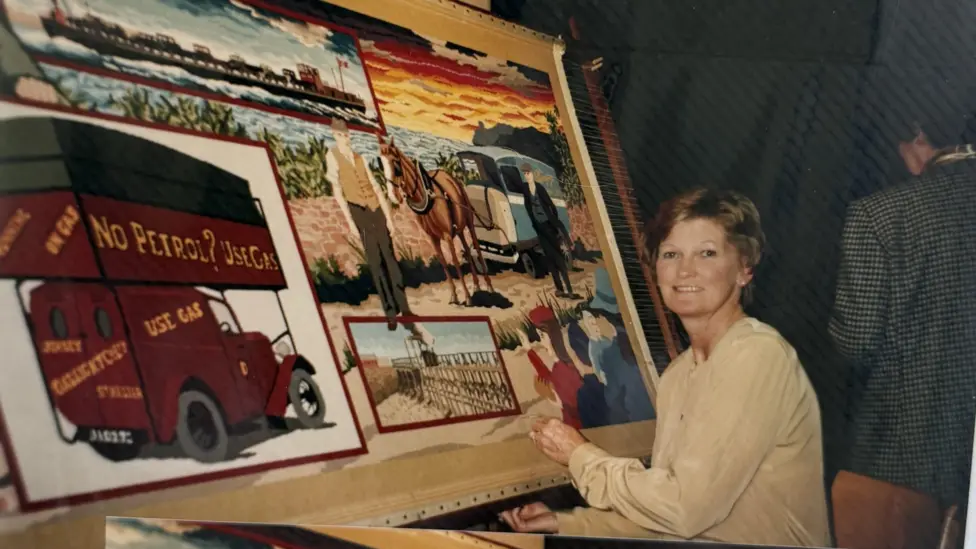Politicians aim to address the issue of vacant island shops.
- markdarrenwilkinso
- Sep 22
- 2 min read

Politicians across the Channel Islands are stepping up efforts to understand why so many retail units sit empty for years, despite growing demand from small businesses.
Vacant spaces in key areas such as Mill Street in Guernsey and the Quennevais precinct in Jersey have become a focus for lawmakers, who want to explore both the challenges facing landlords and the barriers preventing local entrepreneurs from setting up shop.
Local artist Tiffany Matthews, who has been searching for a space to host a pop-up gallery, described the current situation as deeply frustrating.
“Why keep a shop locked up if you’re not going to rent it out and support the local economy?” she asked.
Matthews, who currently works from a warehouse, said landlords were unwilling to offer her short-term leases, instead insisting on commitments of nine or ten years.
“Surely a temporary let is better than nothing,” she said. “Some of these units have stood empty for more than two years. I really think there should be a cap on how long a property can remain vacant.”
In Jersey, Deputy Helen Miles has called for incentives to encourage landlords to open up their properties.
“It can’t be right for shops to sit empty for years,” she said. “There’s a huge opportunity, particularly in the Quennevais precinct, to bring life back into the area with smaller, artisan businesses. But those ventures need support to succeed.”
Miles has urged the Minister for Sustainable Development to commission a review of empty commercial spaces.
“This isn’t about taxing landlords or interfering with private property,” she explained. “It’s about setting minimum standards and clarifying responsibilities for both landlords and tenants so that everyone is working from the same framework.”
In Guernsey, Deputy Lee Van Katwyk, a member of the Committee for Economic Development, confirmed a review is under way to assess the root causes of long-term vacancies.
“The retail sector employs over 10% of our population, so it’s absolutely vital to the island’s economy,” he said. “There are many potential mechanisms the government could explore, but we need to balance that with understanding the challenges business owners face.”
Van Katwyk added that recent figures show encouraging signs for the local economy.
“Town has seen a 1.4% increase in footfall over the past year, partly driven by more French visitors,” he noted. “We’re keen to build on that momentum and ensure it benefits the whole island.”


